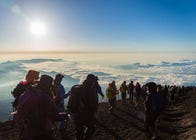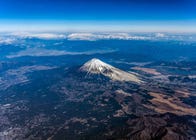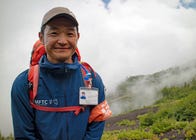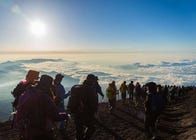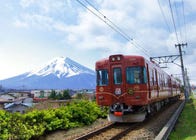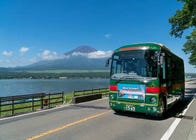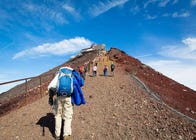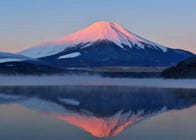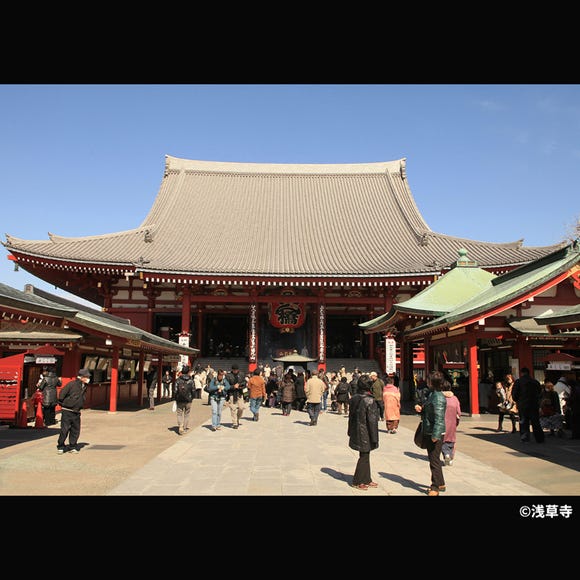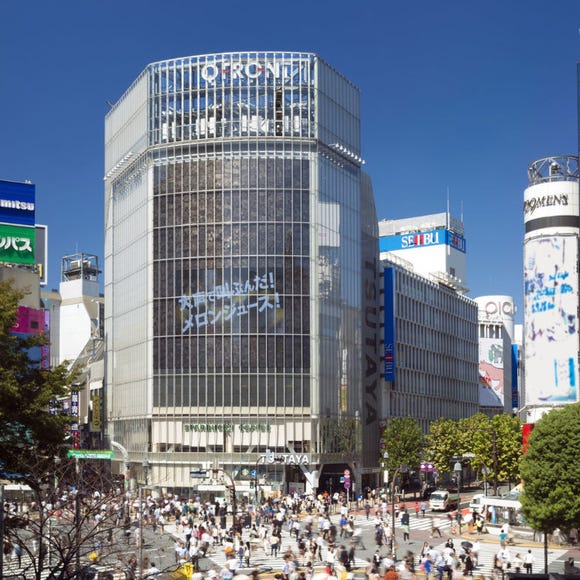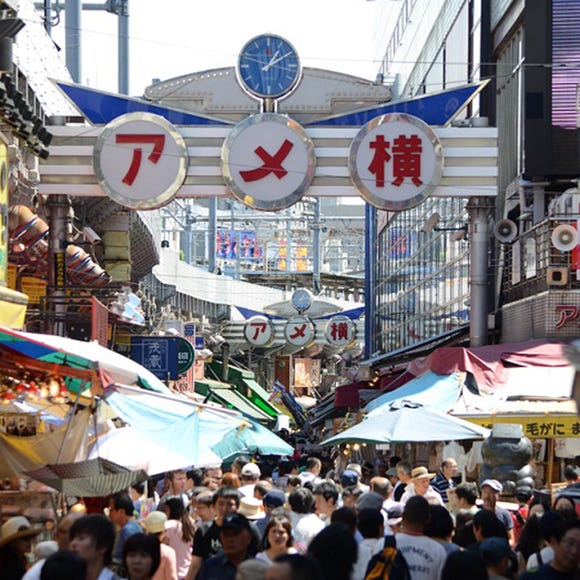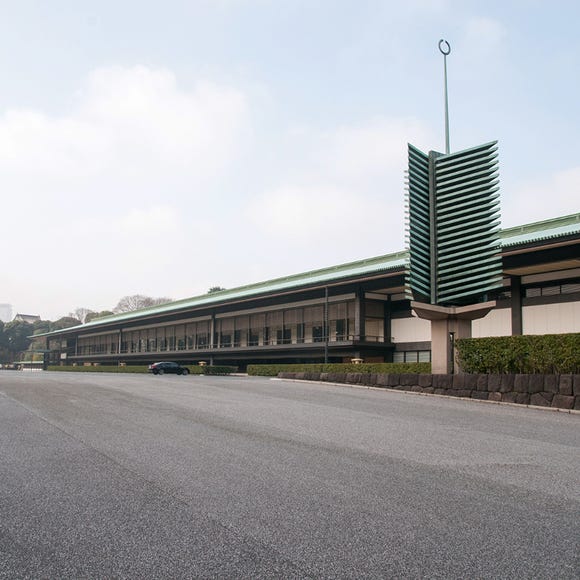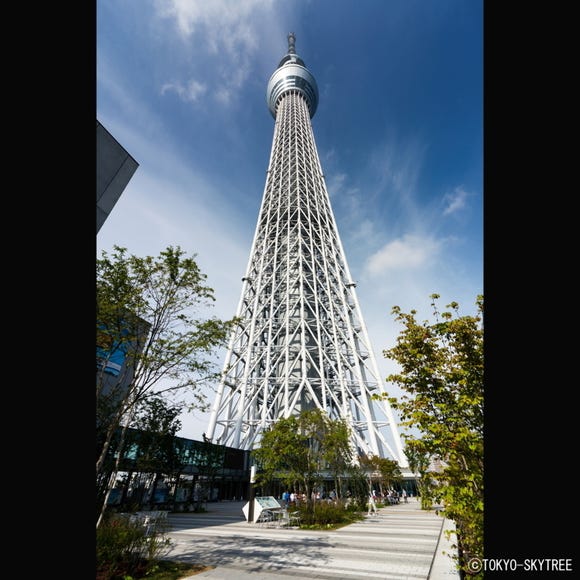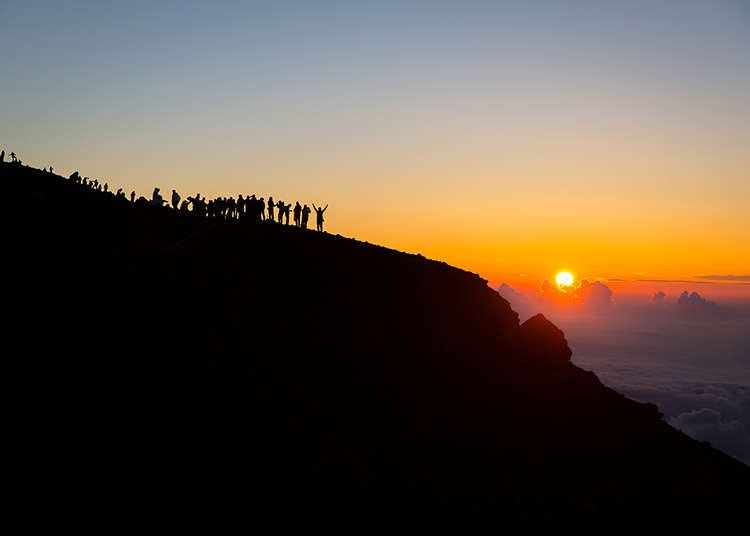
Climbing Mount Fuji is a remarkable adventure that attracts thousands of enthusiasts every year. If you're planning to embark on this thrilling journey between July 1 and September 10, it's important to be well-prepared.
In this guide, we'll provide you with crucial information about accessing the mountain and the best dates for your ascent. Let's dive in and ensure you have everything you need for an unforgettable Mount Fuji experience.
- Table of Contents
-
- Mt. Fuji 2023 Climbing Season Dates
- What Things to Bring to Climb Mt. Fuji
- Weather Conditions on Mount Fuji: What to Expect
- Beware of Altitude Sickness When Climbing Mt. Fuji
- Staying at a Mountain Hut on Mt. Fuji
- Bathrooms on Mt. Fuji
- Keeping Mt. Fuji Clean for Future Generations
- Getting to Mt. Fuji
- Final Notes on Climbing Mt. Fuji
- Related Articles on Mount Fuji
Mt. Fuji 2023 Climbing Season Dates
According to the official Mt. Fuji Climbing website, dates for the 2023 season are:
1. Yoshida Route: July 1 - September 10 (Descending trail will be open until the morning of September 11)
2. Subashiri Route: July 10 to September 10
3. Gotemba Route: July 10 to September 10
4. Fujinomiya Route: July 10 - September 10 (Trail between 5th and 6th station: open from July 1)
What Things to Bring to Climb Mt. Fuji
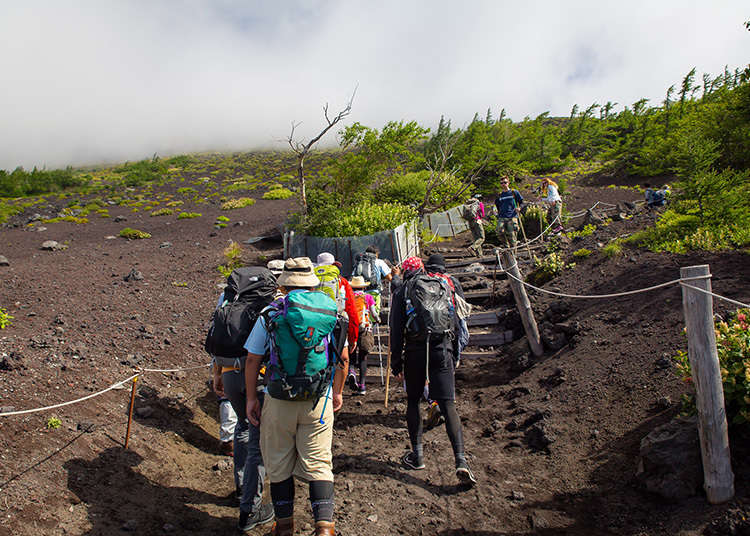
Preparing items to bring based on how experienced a climber you are is highly recommended.
Depending on your level of hiking expertise, you should make sure to bring items that are essential to complete your hike.
Climbing boots, a knapsack, rain gear, cold-weather gear, and spats will definitely assist in your hike. If you are climbing during the night, reflective clothing and headlamps will keep you from fumbling in the dark.
Although there are huts that provide snacks and drinks intermittently, it is best to bring your own snacks and water for times when you are between stations.
Please create a Mt. Fuji checklist beforehand to see if you have all of the following:
☑ Shoes: Mountain climbing shoes, hiking boots
☑ Rainwear: Waterproof jackets
☑ Clothes: Bottoms: Hiking pants and thermal underwear; Tops: Shirts, warm undershirt, flannels, fleeces, sweaters, and down jackets that you can layer.
☑ Lights: Headlamps or head torches.
☑ Water: Around 2 liters.
☑ Light Meals: Anything portable (sandwiches, onigiri, snack bars).
☑ Trash Bags: Prepare a trash bag that you can bring back with you.
☑ Money: Most lodges do not accept credit cards, so it’s best to have some cash at hand - in 1,000 yen bills as well as larger values. (20,000 yen should well cover the journey, including meals.) Be sure to bring 100 yen coins, as they are needed to use the bathroom.
☑ Other: A backpack, a hat, a map, sunglasses, sunscreen, medkit, towel, ID, insurance card (if you have one), masks, hand sanitizer, trekking poles(*You can purchase a walking stick if you wish to collect a series of seal stamps during your ascent.)
Plan your route
There are four main climbing trails for Mount Fuji: the Yoshida Trail, the Subashiri Trail, the Gotemba Trail, and the Fujinomiya Trail. You can learn more about each at the link below.
Weather Conditions on Mount Fuji: What to Expect
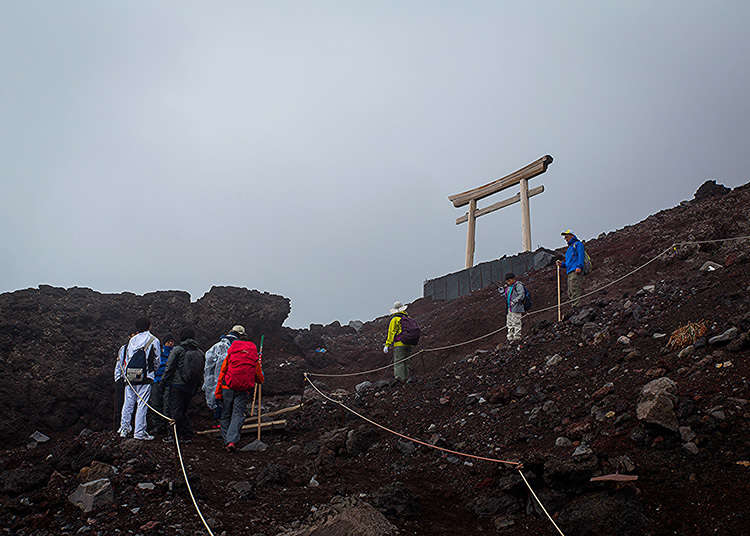
Mount Fuji is an isolated mountain that has an altitude of around 3,000 meters. A north wind that travels from Suruga and Sagami Bay creates increasingly unstable weather conditions the higher up the mountain you go.
These harsh conditions have led to many accidents in the past, so you must be cautious when starting your ascent.
Furthermore, the weather and temperature conditions at Mount Fuji’s fifth station, which leads you from the foot of the mountain to the summit, can change very quickly.
Being able to adjust to any change is crucial. We recommend being as prepared as possible by checking the weather forecast beforehand.
Additionally, the temperature change from the fifth station to the summit is extreme. It’s very normal to experience winter temperatures even in the summer.
Although there are times when the temperature change isn’t very drastic, a chill brought by the wind can cause a sudden drop in body temperature.
In the summer, before daybreak, it can go all the way down to freezing. This puts you in danger of getting hypothermia.
Moreover, Mount Fuji has many days of unstable weather and thunder during the summer. In the winter or snow season, a strong wind that travels from the northwest can cause avalanches.
In order to protect yourself from all of these sudden changes, it’s good to be somewhat overly prepared.
Beware of Altitude Sickness When Climbing Mt. Fuji
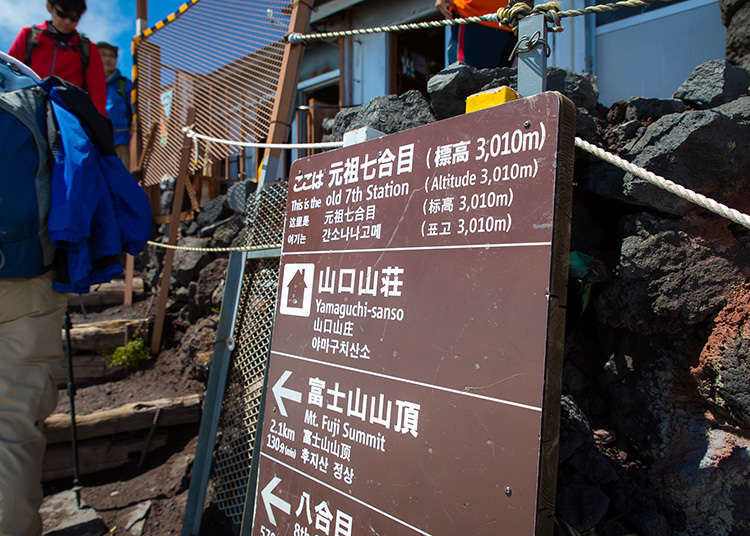
Everyone can be affected by altitude sickness, especially those that decide to climb Mt. Fuji at a rapid pace.
Symptoms of altitude sickness include headaches, nausea, fatigue, and dizziness, which may impede your hike.
To avoid this inconvenience, it is recommended to acclimate to the elevation by waiting around 30 minutes after arriving at the 5th station.
Staying at a Mountain Hut on Mt. Fuji
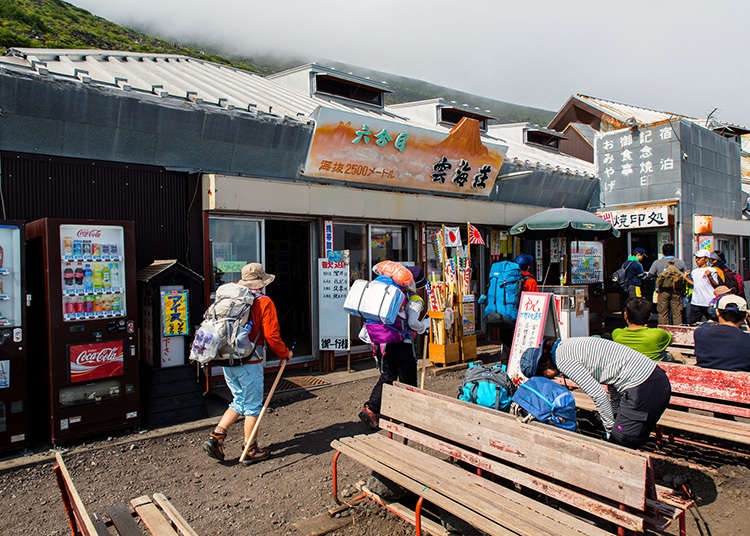
At the majority of the hiking trail stations, there are huts that provide temporary accommodations and meals. The fee usually runs from 5,000 yen to 9,000 yen per person, depending on the meal plan if applicable.
The only method of payment accepted is cash, so be sure to bring enough to cover the costs.
Reservations along the most popular trails are mandatory and walk-ins are very rarely accommodated.
Links
・Mountain huts on the Yoshida Trail (in Japanese)
・Mountain huts on the Subashiri Trail (in Japanese)
・Mountain huts on the Gotemba Trail (in Japanese)
・Mountain huts on the Fujinomiya Trail (partially in English)
Bathrooms on Mt. Fuji
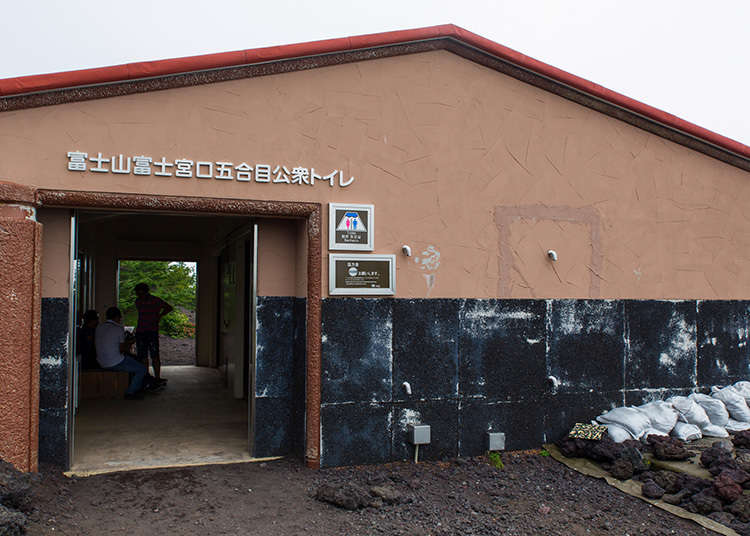
Before starting your ascent, don't forget to bring several 100 yen coins with you. Restrooms on Mt. Fuji are not free and cost between 100 and 300 yen.
Most work on the honor system with a few having an attendant nearby. If you are climbing during the off-season, you are required to bring your own portable toilet.
Keeping Mt. Fuji Clean for Future Generations
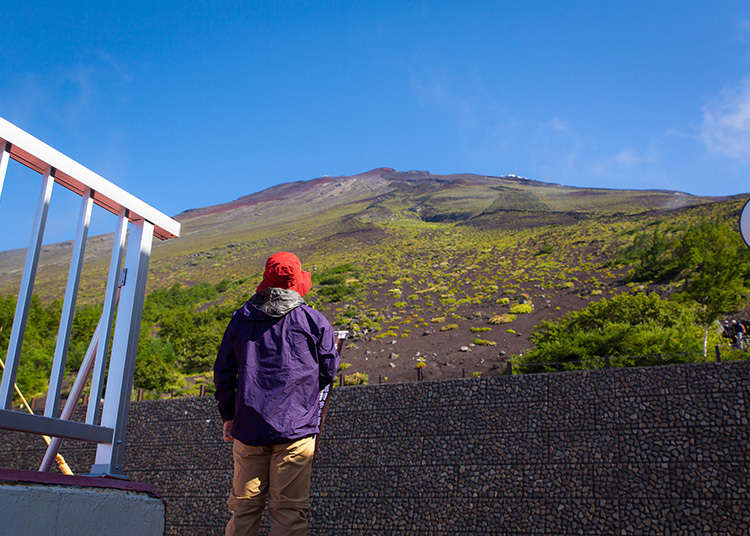
In order to preserve the beauty of Mt. Fuji, it is mandatory that all visitors carry their trash with them home for disposal.
Make sure to bring a bag where you can toss your garbage safely in your backpack. By doing this, we can all do our part to keep Mt. Fuji clean.
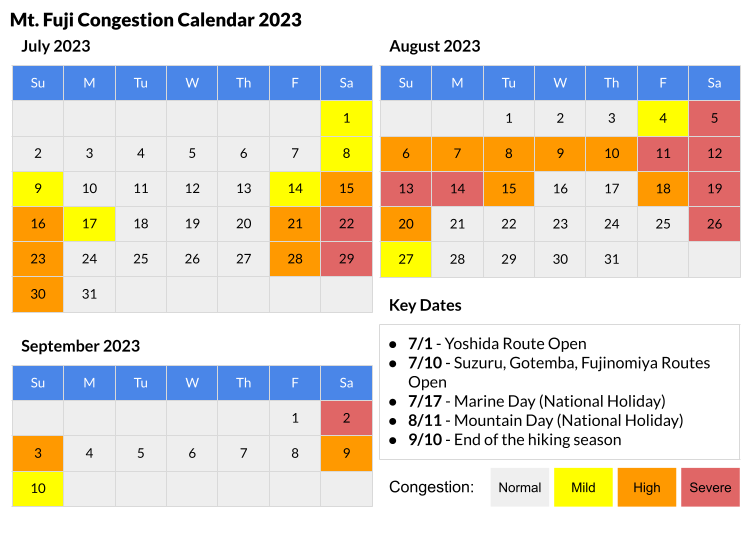
Getting to Mt. Fuji
Traveling by train or bus, the nearest stations differ between each of the four climbing trails. Below are directions for the Yoshida Route when traveling from Tokyo.
・By Direct Bus from Tokyo:
Take a direct bus from the Shinjuku Expressway Bus Terminal to the 5th Station (approx. 1 1/2 hours).
-One-way fare: 2950 yen
・By Train:
JR Tokyo Station → JR Shinjuku Station → JR Takao Station → JR Otsuki Station → Fujikyu Line Mt. Fuji Station (approx. 3 hours and 4 minutes).
-One-way fare: 2199 yen
Then, from Mt. Fuji Station, take the Fujikyu Bus 'Fuji Subaru Line 5th Station' (approx. 1 hour).
-One-way fare: 1570 yen
Final Notes on Climbing Mt. Fuji
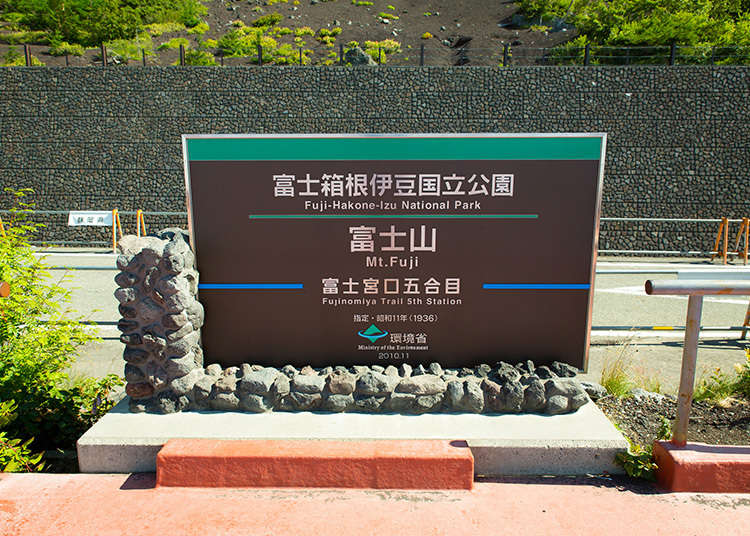
Remember to be courteous to other hikers and that people ascending take precedence over people descending. When passing by mountain huts at night, try to keep your voices down for those taking time to rest.
Finally, the entirety of Mt. Fuji is a national park, so taking home stones or plants is prohibited. Keep these in mind while hiking and you will definitely have a great and memorable experience. Happy hiking!
-
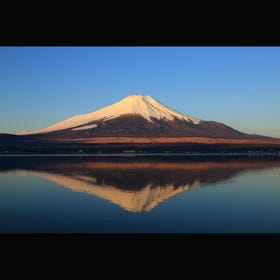
-
Address
Fujiyoshida-shi, Yamanashi, 403-0000
View Map -
Nearest Station
Gotemba Station (JR Gotemba Line)
-
Address
Fujiyoshida-shi, Yamanashi, 403-0000
Related Articles on Mount Fuji
- Area
- Category
*Prices and options mentioned are subject to change.
*Unless stated otherwise, all prices include tax.
Limited time offer: 10% discount coupons available now!
Recommended places for you
-

Professional Photos Even Beginners Can Shoot! 10 Tips for Taking Stunning Cherry Blossom Photos
-

Where to Eat in Shibuya: 14 Must-Try Restaurants for Yakiniku, Sushi, Izakayas, Cafes and More
-

Discover Osaka Station City: A Journey Through Its Most Fascinating Spots
-

Where to Eat in Yokohama: 10 Must-Try Restaurants for Yakiniku, Izakayas, Unique Dining & More
-

15 Must-Try Restaurants in Ikebukuro: From Aged Yakiniku to All-You-Can-Eat Sushi, Plus Adorable Animal Cafés
-

Step Into the Story: Inside Immersive Fort Tokyo
-
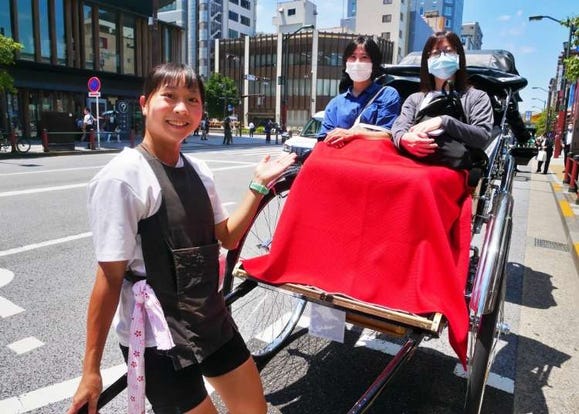
Discover Asakusa Through the Eyes of a Taiwanese Rickshaw Puller - Top Attractions & Sweet Treats Revealed!
-
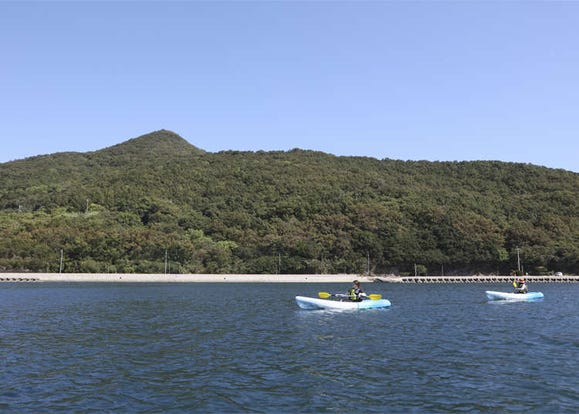
Kayak to an uninhabited island in the Seto Inland Sea, near Kagawa
-
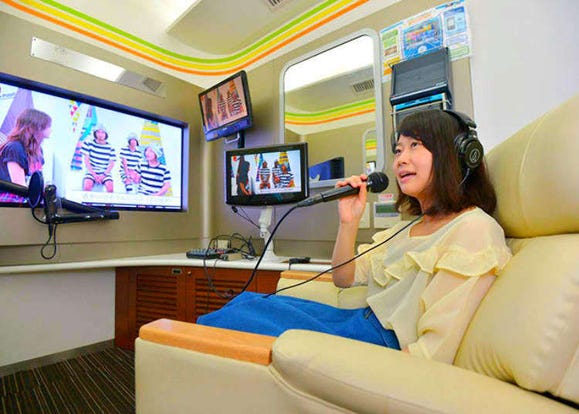
Spending Wonderful Time Alone in Shibuya - Free Cosmetics and a Hundred-Yen Bus!
-
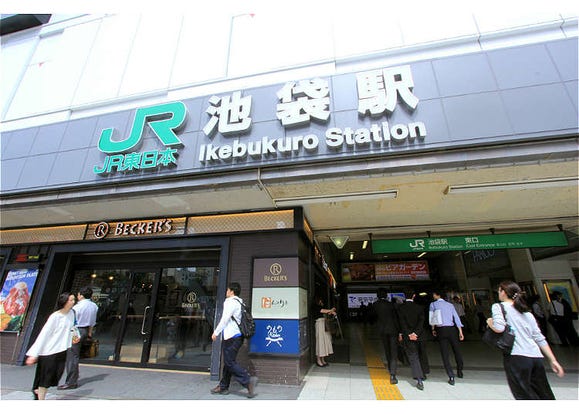
Essential Tokyo: The Complete Guide to Ikebukuro Station
-
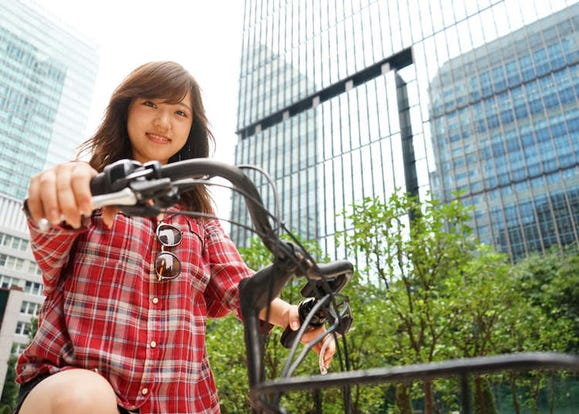
Bicycling Tour of Tokyo: 3 Sightseeing Cycle Guides for Seeing Tokyo this Spring!
-
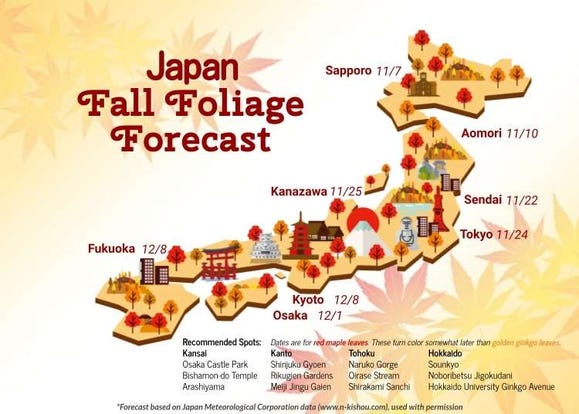
Autumn in Japan 2024: Fall Foliage Forecast & Where to Enjoy the Colorful Leaves (+Tour Info)
- #best ramen tokyo
- #what to buy in ameyoko
- #what to bring to japan
- #new years in tokyo
- #best izakaya shinjuku
- #things to do tokyo
- #japanese nail trends
- #what to do in odaiba
- #onsen tattoo friendly tokyo
- #daiso
- #best sushi ginza
- #japanese convenience store snacks
- #best yakiniku shibuya
- #japanese fashion culture
- #best japanese soft drinks













